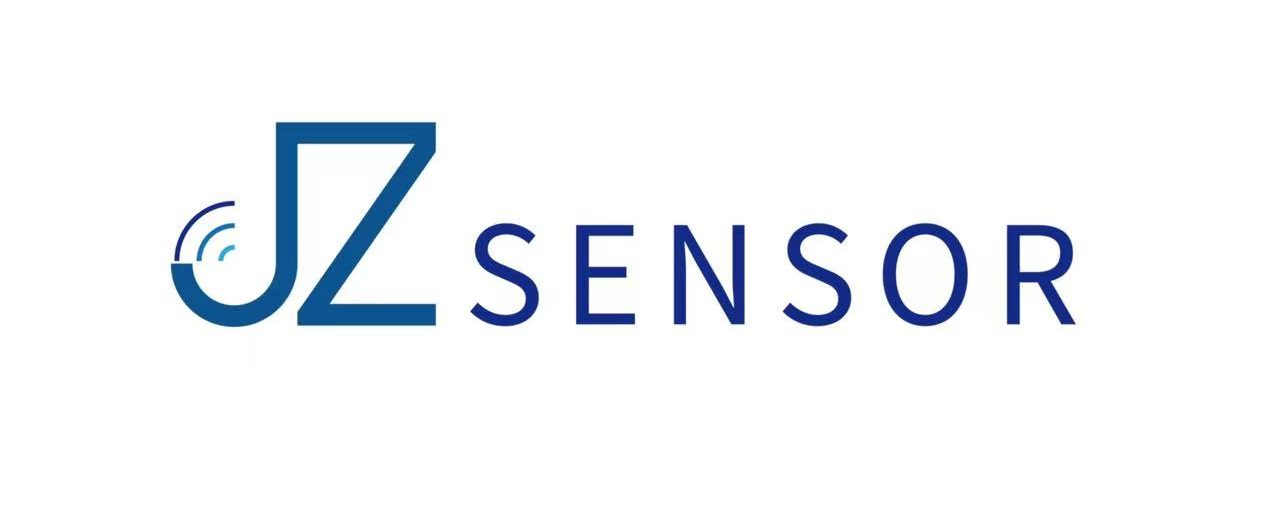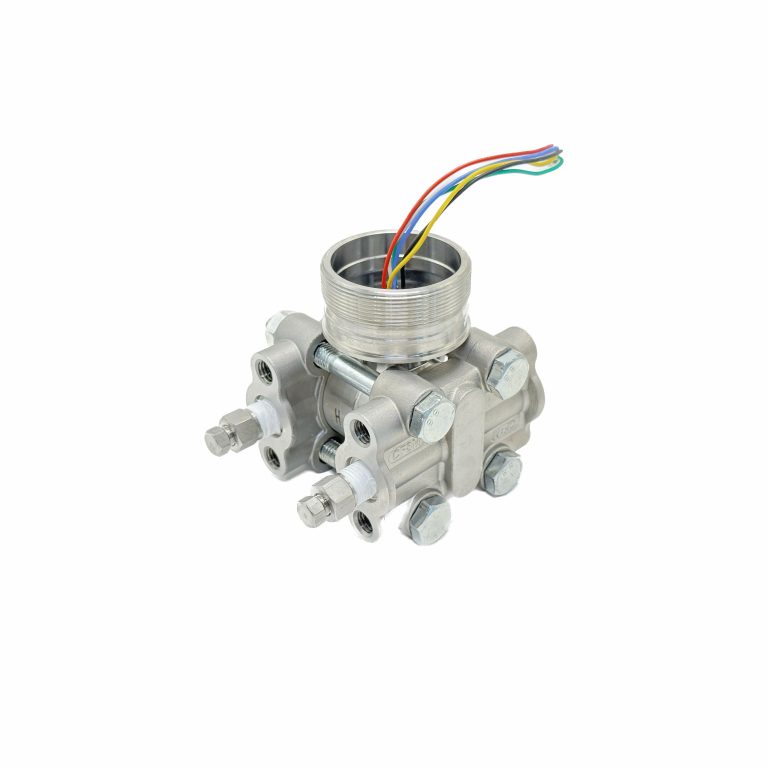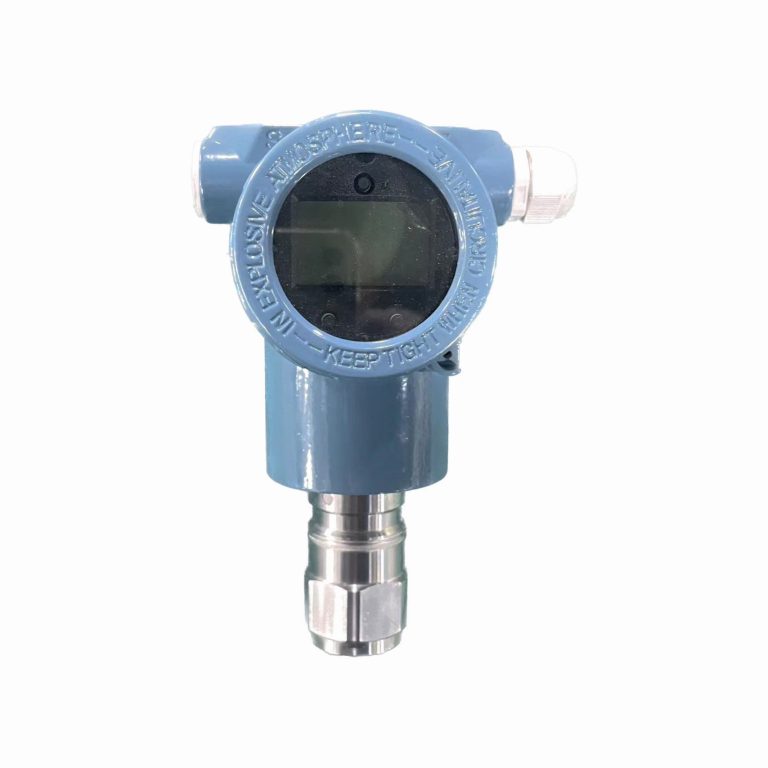Table of Contents
Benefits of Using a HART Communicator for Pressure Transmitter Calibration
Pressure transmitter calibration is a critical process in various industries, ensuring that these devices accurately measure and transmit pressure readings. To achieve precise calibration, companies often rely on advanced tools such as HART communicators. These devices offer numerous benefits that streamline the calibration process and improve overall efficiency. One of the key advantages of using a HART communicator for pressure transmitter calibration is its ability to communicate with a wide range of devices. HART (Highway Addressable Remote Transducer) is a communication protocol that allows for two-way communication between field devices and control systems. This means that a HART communicator can be used to calibrate not only pressure transmitters but also other devices such as temperature sensors, flow meters, and control valves. This versatility makes HART communicators a valuable tool for companies looking to streamline their calibration processes. In addition to their compatibility with various devices, HART communicators also offer advanced diagnostic capabilities. These devices can provide detailed information about the health and performance of a pressure transmitter, helping technicians identify and troubleshoot issues quickly. By using a HART communicator during calibration, companies can ensure that their pressure transmitters are operating at peak efficiency, reducing the risk of costly downtime and maintenance. Furthermore, HART communicators are designed to be user-friendly, making them accessible to technicians of all skill levels. These devices typically feature intuitive interfaces and menu-driven navigation, allowing users to easily access and adjust calibration settings. This ease of use not only simplifies the calibration process but also reduces the likelihood of human error, ensuring accurate and reliable calibration results. Another benefit of using a HART communicator for pressure transmitter calibration is the ability to store and retrieve calibration data. These devices can save calibration settings and results, allowing technicians to easily reference past calibrations and track changes over time. This data logging capability is invaluable for companies looking to maintain accurate records and comply with industry regulations. Additionally, HART communicators offer remote access capabilities, allowing technicians to calibrate pressure transmitters from a distance. This feature is particularly useful for companies with multiple sites or hard-to-reach equipment, as it eliminates the need for technicians to physically access each device for calibration. By using a HART communicator with remote access capabilities, companies can save time and resources while ensuring that all pressure transmitters are calibrated accurately and efficiently. In conclusion, the benefits of using a HART communicator for pressure transmitter calibration are numerous. From its compatibility with various devices to its advanced diagnostic capabilities and user-friendly interface, a HART communicator is a valuable tool for companies looking to streamline their calibration processes and improve overall efficiency. By investing in a HART communicator, companies can ensure that their pressure transmitters are operating at peak performance, reducing the risk of downtime and maintenance costs.Step-by-Step Guide to Calibrating Pressure Transmitters with a HART Communicator
Pressure transmitters are essential devices in various industries, as they help measure and transmit pressure readings accurately. To ensure that these transmitters are functioning correctly, regular calibration is necessary. One of the most efficient ways to calibrate pressure transmitters is by using a HART communicator. In this article, we will provide a step-by-step guide on how to calibrate pressure transmitters with a HART communicator. First and foremost, it is crucial to understand the basics of pressure transmitter calibration. Calibration is the process of comparing the output of a device to a known standard to determine its accuracy. In the case of pressure transmitters, calibration involves adjusting the device to ensure that it provides accurate pressure readings.| Measuring medium | Gases, vapours, liquids |
| Inaccuracy | ±0.075% |
| stability | ±0.1%/3 years |




